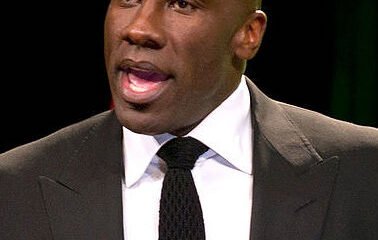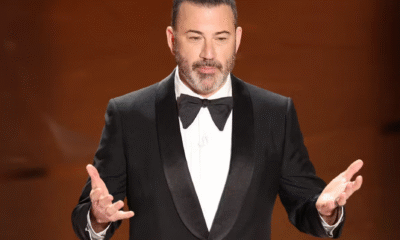Entertainment
The Top 6 most valuable players in world football on October 26, 2023 at 6:58 am
The Top 6 most valuable players in world football
Transfer fees dominate world football nowadays, and the figures paid for players only seems to be rising each year. With some promising young players breaking through on the world’s biggest stage in recent years, you might be somewhat surprised with who has made the top-six most valuable players according to Transfermarkt. We’ll take a look at the top-five, and how much they’re worth.
1= Erling Haaland – £155.3m
Unsurprisingly, Erling Haaland is top of the joint-top of the pile when it comes to the most valuable players in world football right now. The Manchester City forward has scored goals for fun in the Premier League, despite some fans predicting that he wouldn’t be able to follow up his impressive record at Borussia Dortmund.
He’s arguably priceless to Manchester City at this moment in time, and he’s a player that is likely to win a considerable amount of trophies for Pep Guardiola’s side moving forwards.
1= Kylian Mbappe – £155.3m
Mbappe’s future with PSG has been up in the air in recent months, but that hasn’t stopped him from being the joint most valuable player in the world. The Frenchman has been hugely impressive for club and country since he burst onto the scene with AS Monaco, and has netted 220 goals in 269 appearances for PSG in all competitions, which certainly justifies a hefty price tag.
Mbappe has been heavily linked with a move to Spanish giants Real Madrid in recent months, and it’ll be interesting to see whether they’re willing to meet PSG’s demands to land his signature anytime soon.
If you’re a keen bettor, then you could be tempted by the odds on Mbappe to finish as the top goalscorer in the Champions League for the 2023/24 season. BonusCodeBets have revealed that Sky Bet have priced Mbappe at 9/2 to finish as the top goalscorer in this competition. Below, you’ll find the betting odds with this operator for the rest of the expected frontrunners.
Erling Haaland @ 7/4
Harry Kane @ 3/1
Robert Lewandowski @ 10/1
Julian Alvarez @ 14/1
Gabriel Jesus @ 16/1
Joao Felix @ 16/1
Jude Bellingham @ 20/1
Odds displayed are correct as of 12:15 pm, Thursday 12th October 2023. Odds are subject to change.
Vinicius Junior – £130.5m
The young Brazilian has been brilliant with Real Madrid in recent seasons, and at the age of 23, he’s still got plenty of room to improve in the future. Vinicius Junior has scored 62 goals and been on hand to provide 65 assists in 232 appearances for Real Madrid, and he’ll be hoping to add to that tally in the future.
He’s worth a sizeable amount of money, and he’ll be key to any potential successes that the Spanish giants have in the future.
4= Jude Bellingham – £103.6m
Where do we start with Jude Bellingham? The midfielder has had a rapid rise to the very top of world football, and is destined for greatness both on a domestic and international level in the near future. He started off at Birmingham City, before making the move to Borussia Dortmund. He went from strength to strength with the German side, before making the move to Real Madrid.
Bellingham has certainly hit the ground running with Real Madrid, and has
ten goals in as many games for them, and he’ll be eager to build on this hugely impressive start moving forwards.
4= Bukayo Saka – £103.6m
Saka has been the key man for Arsenal in recent months, as they begin to turn themselves into serious title challengers alongside Manchester City. Saka has been a constant threat for the Gunners in wide areas, and he’ll be hoping that he can play a starring role for England in the upcoming European Championships which are set to take place next summer. It’s unsurprising to see him featured in the top-six most valuable players, as he’s got age on his side, and is performing at the top of his game right now.
4= Victor Osimhen – £103.6m
The Napoli forward has had off-field troubles with the club in recent months, but seems to be behind them nowadays, which will be pleasing for the club’s supporters. Osimhen has caught the eye with strong performances since signing for the Italian giants, and has scored 65 goals in 111 appearances for Napoli, and it wouldn’t come as much of a surprise to see other clubs registering their interest in landing his signature either in the January transfer window, or summer transfer window.
Entertainment
Chaos and Comedy: Darby Kingman’s “Camp Wackapoo: Rise of Glog”
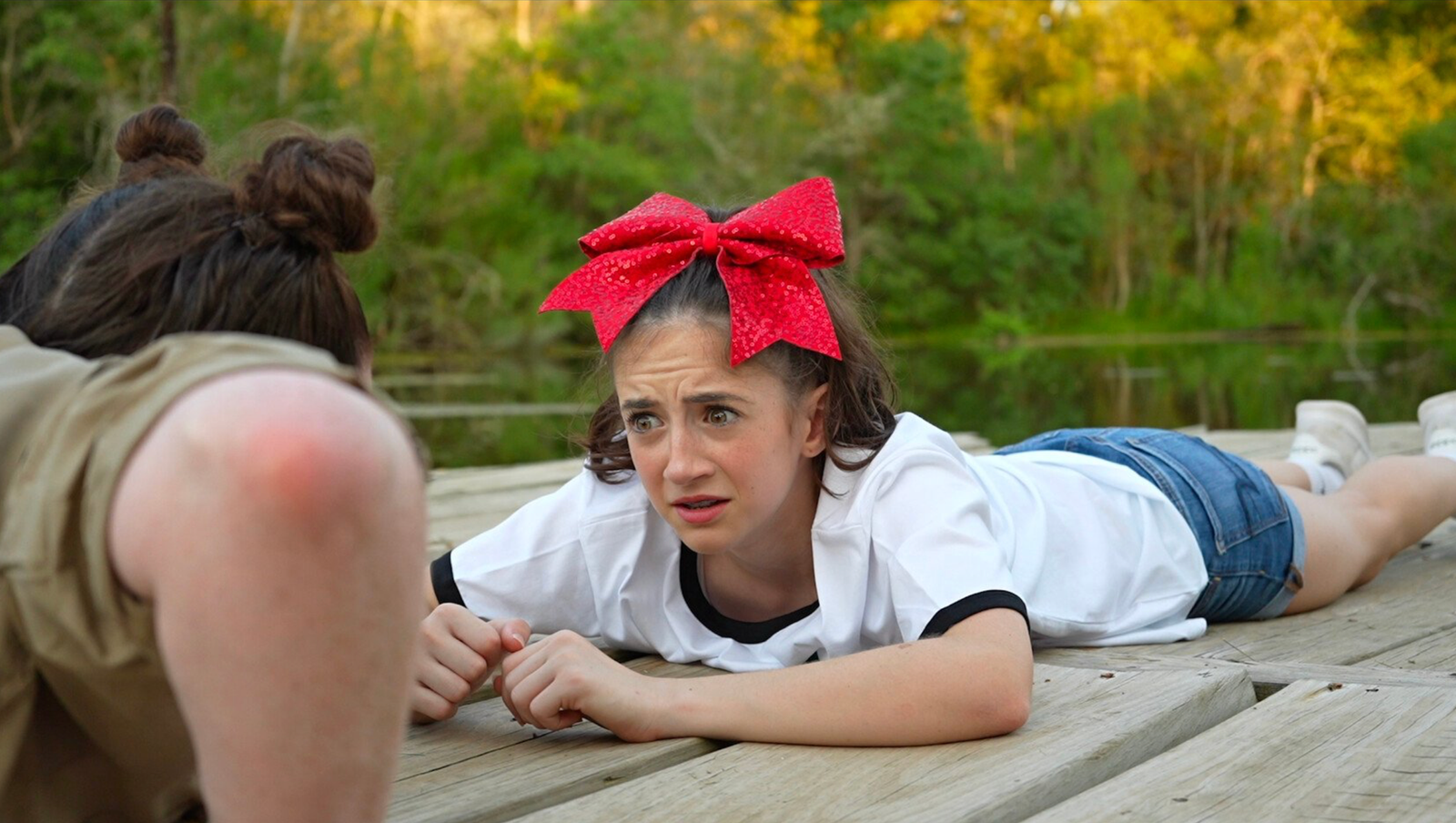
Darby Kingman’s “Camp Wackapoo: Rise of Glog” redefines summer camp comedy with a wild, energetic story about ambition, chaos, and the joy of embracing the unexpected. The film centers on a relentlessly competitive camp counselor who’s determined to finish first—only to face a motley crew of unruly campers and a summer unlike any other.
As Darby puts it, “Not everything is that deep. It really honestly was to make people laugh. She has all these kids that are not working with her and she’s just losing her mind. It’s crazy, silly, goofy, and it was a blast.”
What started as a simple scene for Darby’s acting reel evolved into a full-fledged film with encouragement from her mentor at Debbie Reynolds Acting School. Darby dove into every role—writing, directing, starring, and meticulously preparing each prop and costume. “Plan and prepare, but also be flexible and ready to be in the moment—that’s when the magic happens,” she advises.
Working with a handpicked cast of her own dance students, Darby built an atmosphere of real teamwork and camaraderie. She credits the “precious” energy of her young cast, her creative director of photography, and the overall spirit of her production team for turning the project into something bigger than herself. Her experience is an inspiring blueprint for indie filmmakers:
“Take initiative and control of your career. You can’t just sit around and wait for somebody to pick you. Figure out what you’re good at and go for it. Create something that brings joy to others.”
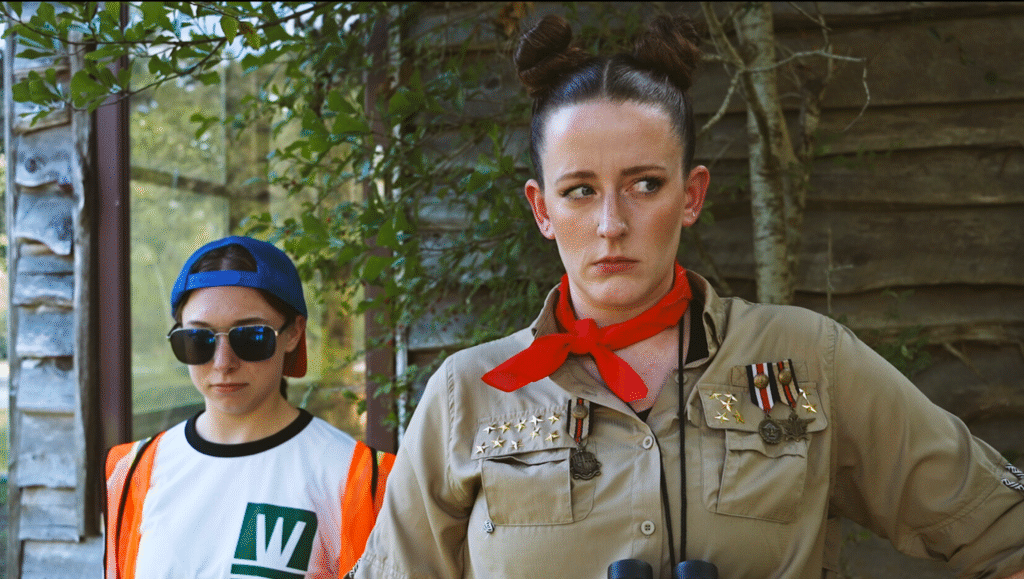
Her production motto? “Preparation is key, but you have to be ready to go with the flow—that’s when the magic happens.” Darby’s fearless creativity, focus on collaboration, and love for comedy shine throughout “Camp Wackapoo: Rise of Glog.” It’s more than just a camp satire—it’s a heartfelt testament to hard work, original humor, and leadership from the ground up: “People need to laugh right now. That’s a win.”
Catch “Camp Wackapoo: Rise of Glog” and experience Darby’s infectious energy and comic genius at the Deluxe Theatre on November 1, 2025. Get your tickets now at Houstoncomedyfilmfestival.com.
Entertainment
Diane Keaton Dies at 79
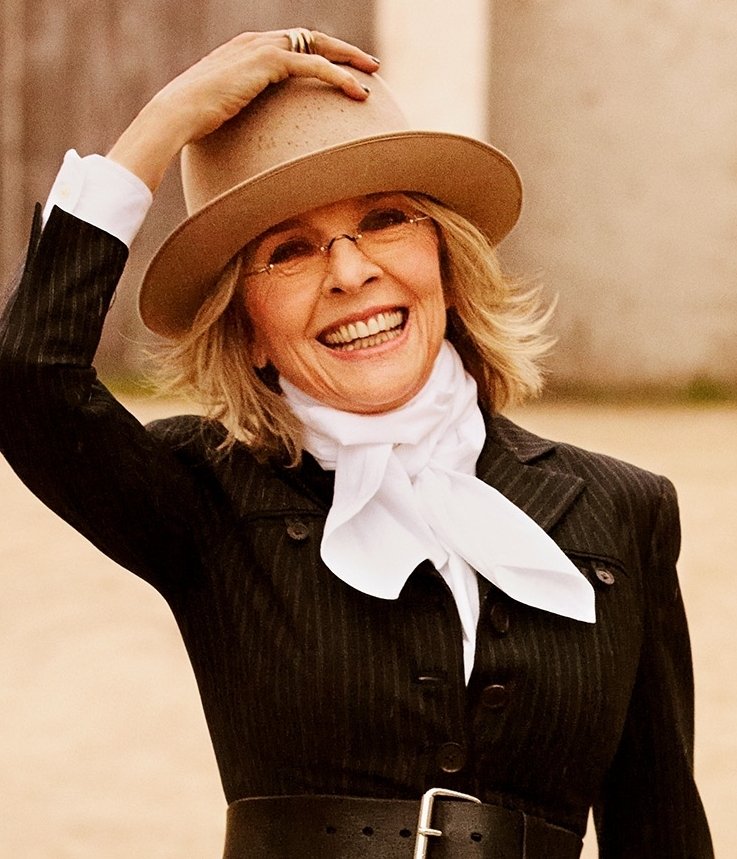
The world of film and entertainment is mourning the loss of Diane Keaton, an Oscar-winning actress renowned for her enduring talent, individuality, and influence on generations of performers and fans. Keaton died at the age of 79 in California on Saturday, October 11, 2025, her family confirmed. Details remain private, with her family requesting privacy as they grieve this profound loss.
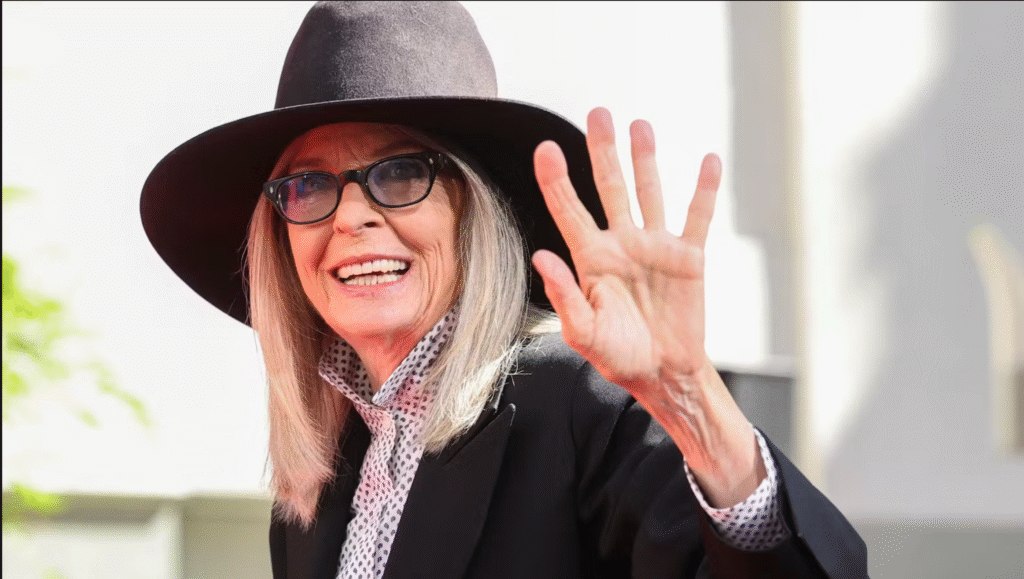
A Distinctive Talent
Diane Keaton rose to fame in the 1970s through a series of memorable roles, most notably as Kay Adams in “The Godfather” trilogy and as the quirky, unforgettable lead in Woody Allen’s “Annie Hall,” for which she won the Academy Award for Best Actress. Her performances in films like “The First Wives Club,” “Something’s Gotta Give,” and the “Book Club” series solidified her reputation as an actress with unique comedic timing and dramatic depth. Keaton was celebrated not only for her artistry but also for her androgynous fashion sense, characterized by menswear-inspired looks, hats, and an easy, effortless style that influenced generations.
Legacy and Tributes
Following the news of her passing, tributes poured in from Hollywood and beyond. Bette Midler, Goldie Hawn, and Jane Fonda were among the countless stars who expressed devastation and admiration for Keaton’s incomparable legacy. Hawn recalled their friendship and collaborations, writing: “Diane, we aren’t ready to lose you…you stole the hearts of the world and shared your genius with millions”. Midler echoed the sentiment, praising Keaton as “brilliant, beautiful, extraordinary” and a truly original presence in Hollywood.

Private Struggles and Final Months
Though fiercely independent and known for her openness, Keaton kept her declining health private in her final months. Friends and neighbors noticed her retreat from public life and social media, and she was recently seen less often in her Brentwood neighborhood. In the past, Keaton candidly discussed her ongoing battles with skin cancer and bulimia, openly advocating for personal health and authenticity.
Remembering Diane Keaton
Diane Keaton leaves behind a legacy defined by her fearless performances, unique style, and enduring influence on the arts. She is survived by her two children, Dexter and Duke. As Hollywood and her global fanbase mourn, her pioneering spirit and unmistakable voice will continue to inspire generations.
Entertainment
The Hooper Premiere Delivers 90s Nostalgia
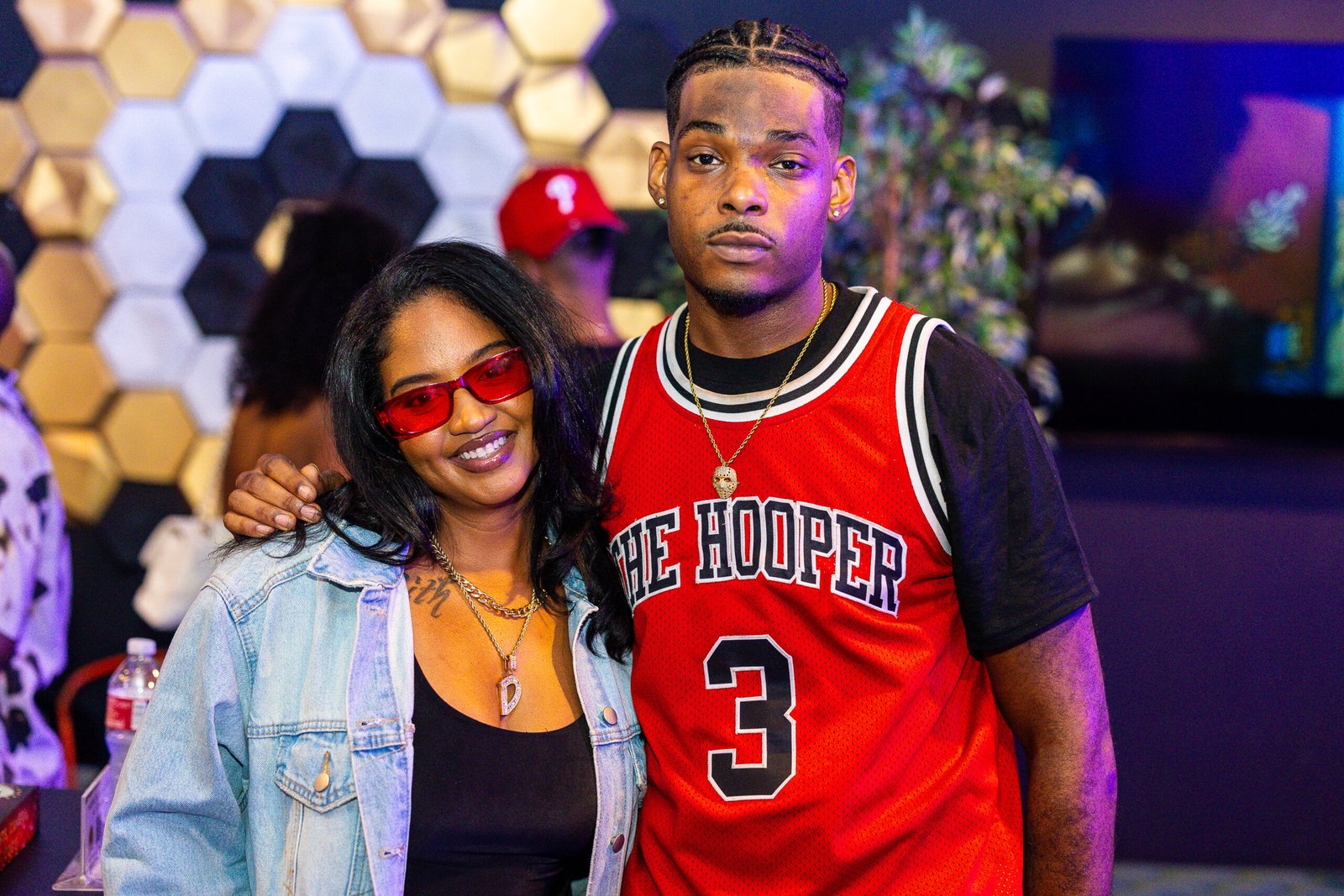
The debut screening of The Hooper transported audiences straight back to the golden era of the 90s, as fans, producers, and supporters gathered to celebrate filmmaker Dakarai Akil’s first feature film.

A Full 90s Vibe
From colorful windbreakers and bucket hats to the booming beats of old-school R&B and hip-hop, the premiere had all the hallmarks of a true 90s throwback. Guests embraced the theme wholeheartedly, creating a night that felt like stepping into a time machine. The venue’s decor reflected vintage basketball culture, perfectly aligning with the film’s energy.

“It wasn’t just a premiere—it was a memory lane experience,” said one attendee. “It reminded us of the music, fashion, and spirit we grew up with.”

Dakarai Akil’s Debut
The Hooper marks Akil’s official debut as a writer and director, telling a heartfelt story of grit, passion, and ambition. The film drew a warm response from the crowd, earning a standing ovation and heartfelt cheers.
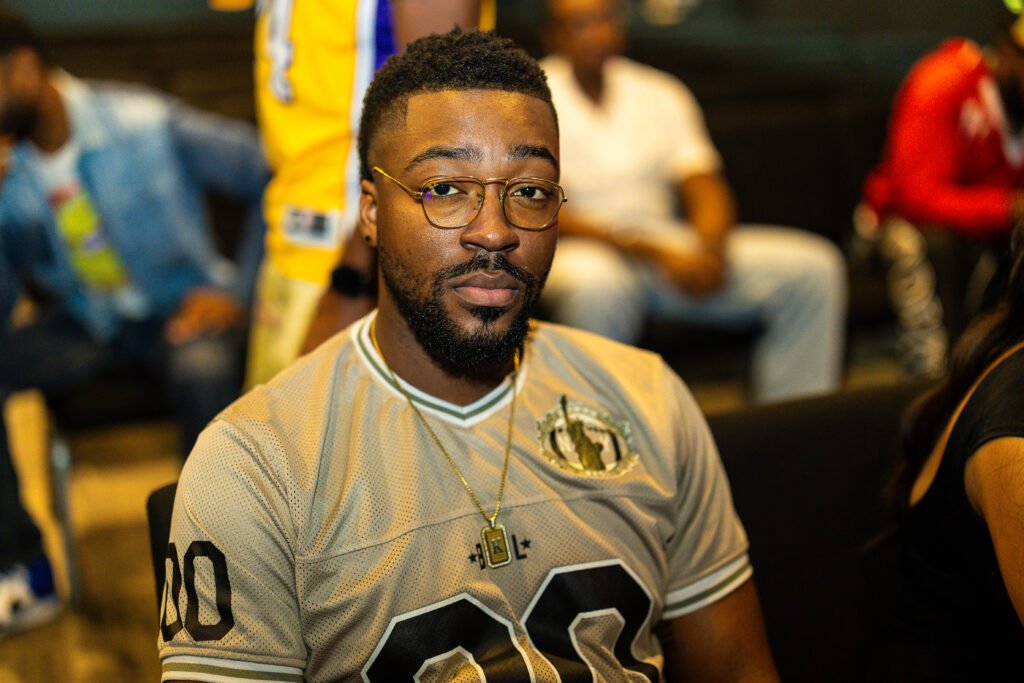
Akil thanked the audience, noting how meaningful their support was: “Tonight wasn’t just about showcasing my film—it was about honoring the culture that shaped it.”
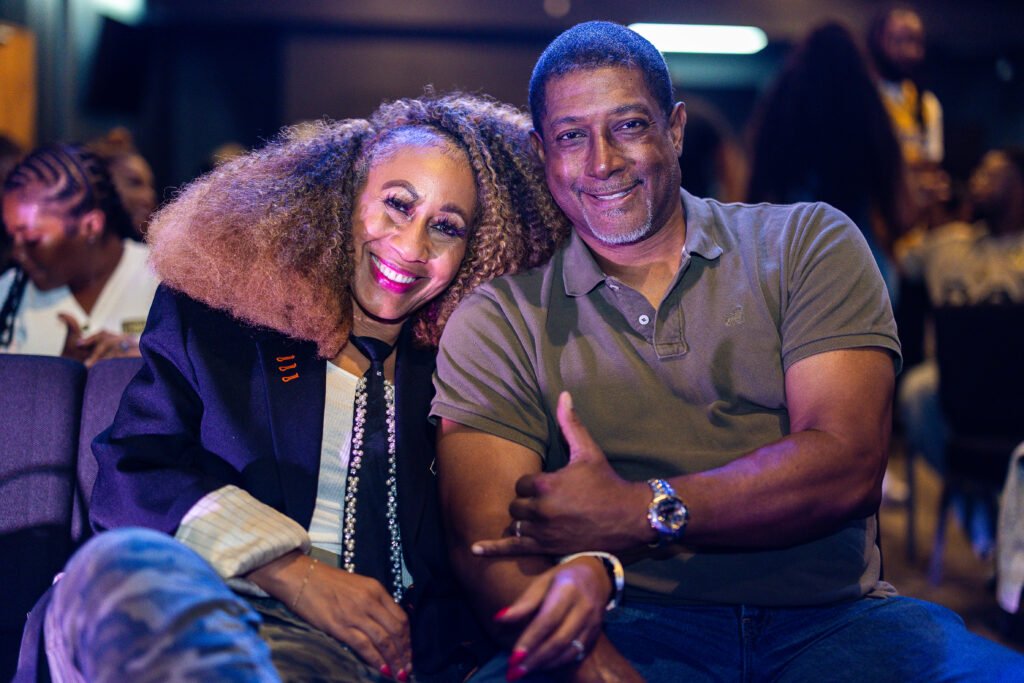
Community Energy
The turnout included local creatives, industry pros, and longtime supporters of Akil’s work. Between snapping photos on the 90s-themed backdrop and singing along to classic hits, attendees embraced the event as a celebration of both art and community.

Looking Forward
With The Hooper now making waves, Akil is poised to reach even wider audiences in the months ahead. If the premiere’s atmosphere was any indication, this is just the beginning of a filmmaker ready to blend nostalgic charm with fresh storytelling.

 Business3 weeks ago
Business3 weeks agoDisney Loses $3.87 Billion as Subscription Cancellations Surge After Kimmel Suspension

 Entertainment3 weeks ago
Entertainment3 weeks agoWhat the Deletion Frenzy Reveals in the David and Celeste Tragedy

 Filmmaking4 weeks ago
Filmmaking4 weeks agoThe Real Reasons Film Jobs Are Disappearing

 Film Industry4 weeks ago
Film Industry4 weeks agoInside “Sanctuary”: Ian Courter on Military Comedy’s Human Side

 Entertainment4 weeks ago
Entertainment4 weeks agoABC Suspends ‘Jimmy Kimmel Live!’ Indefinitely After Kirk Remarks

 Tech4 weeks ago
Tech4 weeks agoWhy Experts Say AI Could Manipulate, Blackmail, and Even Replace Human Relationships

 News4 weeks ago
News4 weeks agoSeeing Trauma: What Charlie Kirk’s Death Reveals About a Nation in Conflict

 Entertainment3 weeks ago
Entertainment3 weeks agoExecutive Producer Debut: How Celia Carver Created Festival Hit ‘Afterparty’









